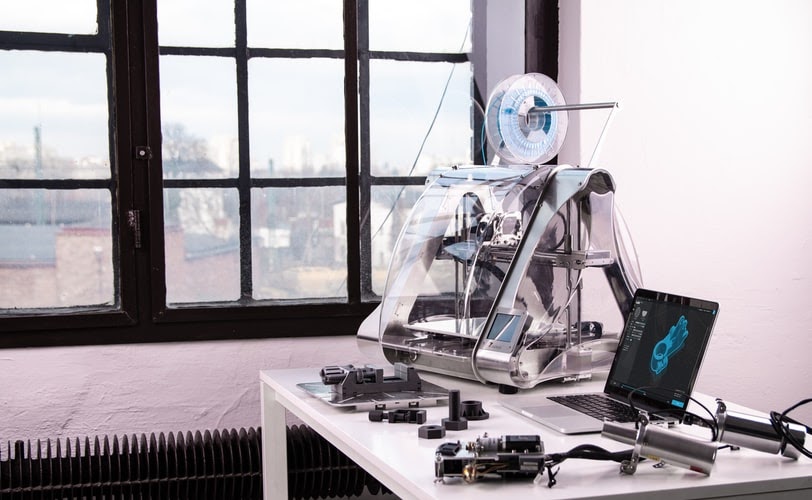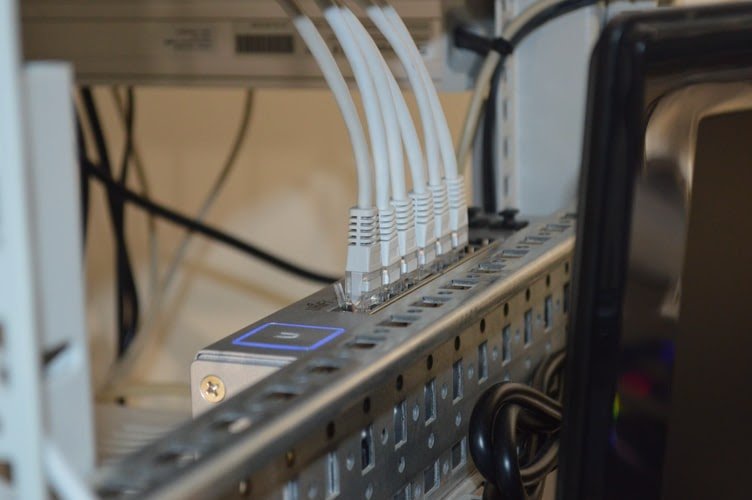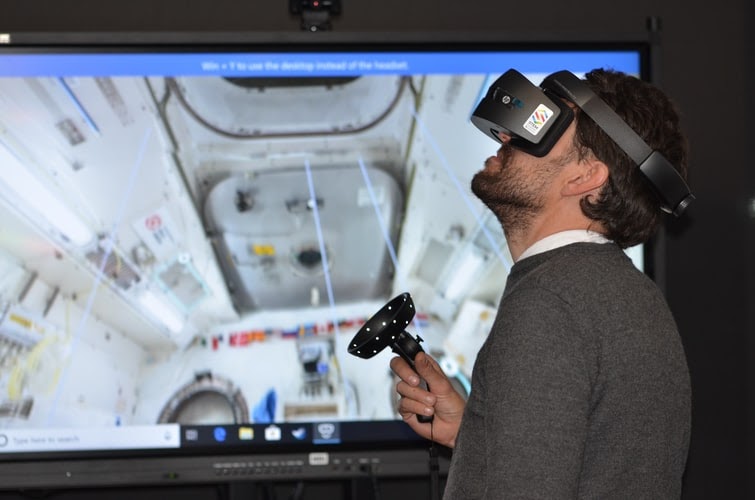The manufacturing industry has continuously had a hunger for technology from big data analytics to high-level robotics and tech-savvy ways of production. The groundbreaking benefits that modern technologies offer are assisting manufacturers in minimizing human intervention, increasing overall factory productivity, and gaining a much-needed competitive edge on the market. Advanced technologies like the Internet of Things, artificial intelligence, and 3D printing, among others, are currently defining the future of the manufacturing industry by cutting the costs of production, enhancing the speed of manufacturing operations, and minimizing errors in the process. Productivity is essential to the success of each manufacturing plant. Manufacturers who want to stand out from the competition and have a better perspective of the market are pursuing significant investments in these technologies.
Besides, a significant part of the changes in the manufacturing industry has come from consumer demand. Nowadays, consumers want things better and faster, unique and personalized, and newer than last year or even newer than the previous quarter. Experienced producers have to find a way to keep up with the demand for products and invest in rapid prototypes more than ever. Here are four technologies that are making a positive impact on the manufacturing industry.
3D Printing
The additive layer manufacturing technology or 3D printing is already making a massive impact on high-end industries like automotive, firearms, service machinery, mining technology, and aerospace. This technology enables manufacturers to develop physical products from intricate digital designs made in 3D computer-aided design (CAD) files. Contrary to the standardized manufacturing processes, 3D printers can construct intricate designs and shapes at no additional cost, offering more significant freedom for product design engineers and designers. The growing applications of 3D printing in manufacturing industries are helping the rise of manufacturing as a service (MaaS), allowing businesses to maintain an up-to-date infrastructure that caters to numerous customers and negating the urgent need to buy new equipment for each new project.

With the rapid injection molding technique, 3D printing is one of the cornerstones of rapid prototyping, a cost-effective way to turn great ideas into mass-production successful final products. Various materials such as nylon, plastic, glass, rubber, and metal can be used to print fully-functional prototypes and finished products. This technology is so advanced that 3D bioprinting made it possible to produce living tissue and functional organs for medical research. One thing is for sure; the future shines bright for 3D printing and similar additive manufacturing technologies.
Also Read: 18 Best 3D Printing Tools- Boost Your Productivity & Work Efficiently!
Industrial Internet of Things (IIoT)
The competencies of the Internet of Things (IoT) are swiftly being implemented in the manufacturing industry, as they provide manufacturing capacities with a way to enhance productivity and reduce the complexities of the operation. If you want to gain a perspective on how big the IoT market is becoming, have in mind that it’s predicted to surpass the $1 trillion mark in 2022.
A combination of various technologies, the Industrial Internet of Things (IIoT) employs modern-day technologies like machine learning, big data analytics, sensor data, machine automation, and cloud integration in advanced manufacturing. These technologies find their use in various areas of the manufacturing operations like predictive and proactive maintenance, real-time monitoring, optimization of resources, supply-chain visibility, cross-facility analysis and safety, and more.

The IIoT enables factory managers to minimize the downtime and enhance the overall efficiency of the process. For example, regular repair and maintenance are vital for the smoothness of plant operations, but not all equipment and devices in the factory need support at the same time. The IIoT makes it possible for factory managers to utilize condition monitoring and predictive maintenance of the equipment. This performance monitoring system helps them plan the maintenance schedule when necessary, thus reducing the unplanned outages and the potential loss of productivity. IoT-equipped and sensor-embedded equipment can disclose data that helps the supply-chain team track the assets, stock inventory, forecast, and schedule predictive maintenance programs.
Read More: How The IoT Is Transforming Corporate Events?
Virtual Reality (VR)
Virtual reality (VR) is especially beneficial in simplifying the product design process because it can eliminate the need to build complex prototypes. Product engineers and designers utilize virtual reality to create lifelike product models that allow them to digitally observe their designs and address potential issues before starting production. The automotive industry uses VR to make sure their vehicles are appropriately tested at the early stages of the vehicle development procedure, reducing the cost and time involved in adjusting the designs, tolerances, and safety issues.

Predictive analytics is becoming crucial to every facility’s operational efficiency. Manufacturing managers are expected to increasingly rely on VR to improve benchmarking processes, review workflows, and maintain compliance through training protocols. Industrial manufacturers who aim to stay competitive and relevant in the ever-competitive market should not afford to ignore these modern-day technologies’ positive influence, including virtual reality.
Read More: Everything You Need To Know About Virtual Reality!
Artificial Intelligence And Machine Learning
For quite some time now, mechanization and robotics are massively utilized by industrial manufacturers to minimize production costs per unit and strengthen productivity. Artificial Intelligence (AI) and Machine Learning are considered as the next wave of industrial manufacturing. Artificial Intelligence can help manufacturing teams better analyze data, use the gained insights to reduce operational costs, replace inventory when needed, and provide seamless quality control over the entire production process.
Better yet, AI and Machine Learning offer the possibility for humans and robots to collaborate, thus developing an agile manufacturing process that learns, improves, and makes smart manufacturing decisions. Hence, manufacturing businesses can employ intelligent automation and industrial robotics to manage routine automated tasks and adjust their time and resources on revenue-generating assignments like product line extension, research and development, and improved customer service instead.

Final Words
Manufacturers who want to stay relevant and gain a competitive edge in today’s ultra-fast markets continue to implement these modern technologies to control as much as possible aspects of the manufacturing process. As improvements can be expected in the overall profitability and productivity of the manufacturing plants, industrial producers cannot afford to ignore the positive influence of each of these technologies.